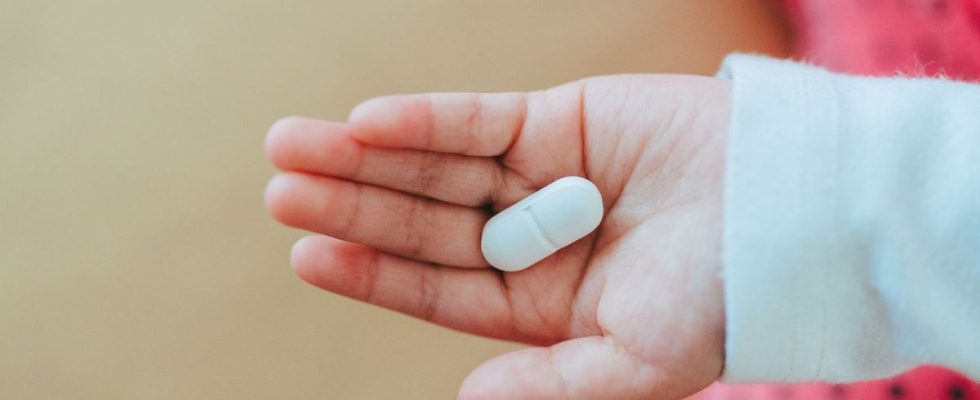Published on
Updated
Reading 3 mins.
According to a report by the High Council for the Family, Childhood and Age made public on Monday March 13, the prescriptions of psychotropic drugs among 6-17 year olds are on the rise. An alert that concerns tens of thousands of children.
Our children are overmedicated. This is the finding of the High Council for the Family, Childhood and Age (HCFEA). Published Monday, March 13, its 190-page report specifically targets the prescription of psychotropic drugs: one in 20 children would be prescribed psychotropic drugs normally reserved for adults. These drugs are prescribed to them for school harassment, mood disorders or depression…
The consumption of antidepressants has increased by 63%!
The figures presented in the report speak for themselves and are impressive. According to data collected by the HCFEA, the consumption of psychotropic drugs in children and adolescents increased by +49% for antipsychotics, +63% for antidepressants and by +155% for hypnotics and sedatives between 2014 and 2021 .
For 2021 alone, the increase is +16% for anxiolytics, +224% for hypnotics, +23% for antidepressants. An explosion that is felt by children and adolescents throughout the territory:
“This phenomenon of over-medication does not concern isolated cases but tens of thousands of children. These levels of increase are incommensurate (2 to 20 times higher) with those observed in the general population”is it written in the report.
More suffering, less supply of care = explosion of prescriptions
The figures are worrying according to the Secretary of State for Children Charlotte Cuaubel. But they can be explained by two current trends. Thus, “thes children are much more exposed than adults to mental suffering and psychological difficulties, but also to medication”, emphasizes the High Council,” due to effects like the health crisis, the war in Ukraine, eco-anxiety”. But that’s not all :
The pediatric, child psychiatric and medico-social offer is in decline and no longer allows children and families to be accommodated within reasonable deadlines (waiting periods of 6 to 18 months).
Hence a “scissor effect”: more children in psychological distress and less capacity to treat them… thus an explosion of prescriptions as a result. With an additional problem to take into account: a large part of these prescriptions are made outside the marketing authorization of these drugs, which are not designed for children.
“The smaller the consultations, the longer the list of drugs”
For the psychiatrist Matthieu Bellahsen contacted by Doctissimo, the scissor effect is central in this excessive prescription, but does not represent the only reason for this explosion:
“It is also the fact of the training of interns in psychiatry today. New doctors are trained in what I call “cerebrology”, to treat a dysfunctional brain, rather than taking charge of the patient’s existence, how they experience their environment, etc. It is a modification of cultures under the aegis of biomedicine which counts on short-term solutions, possible by the prescription of psychotropic drugs.”
The psychiatrist also notes a greater demand for care today in the child’s environment:
The school institution in particular, and the parents are requesting prescriptions, notably Ritalin, for behavioral disorders, but the societal demand wants a short-term result. This is the scissor effect: the shorter the consultation because you don’t have time to process everything, the longer the prescription.
To fight against this dangerous tendency, the professional calls for finding a training in psychiatry focused more on the relationship than on the treatment, and attached to the development of the child. “If care must last several months for the child to develop well, well let’s take several months, and avoid medication” judges the expert, who fears longer-term consequences: “Today’s drugs are tomorrow’s health scandal”.
